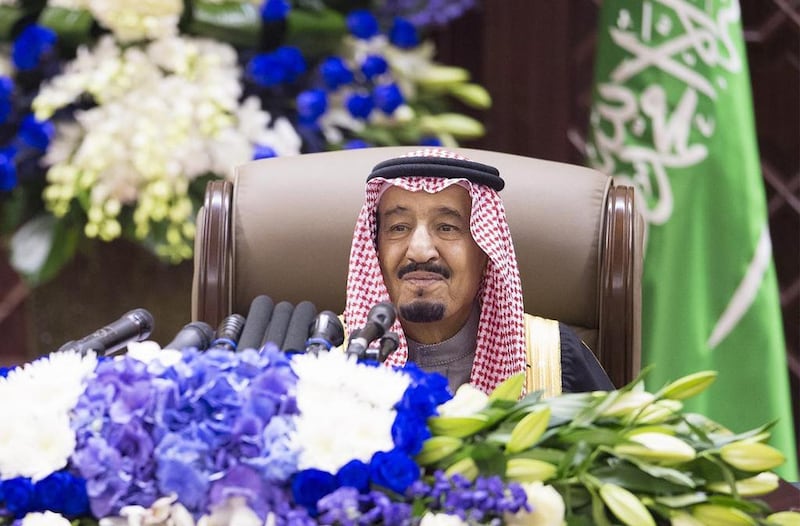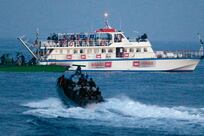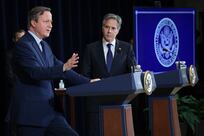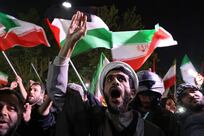Last week, a little noticed event occurred that had deep regional security significance. Saudi Arabia’s Deputy Crown Prince Mohammed bin Salman visited the USS Theodore Roosevelt currently operating out of the American Fifth Fleet headquarters in Bahrain.
The US defence department invited the Saudi defence minister to visit the aircraft carrier to be briefed on the ship’s weapons and operations in the Arabian Gulf.
USS Theodore Roosevelt is tasked with supporting operations in Iraq and Syria as well as maritime security and theatre security cooperation efforts in the region.
Prince Mohammed said: “I am happy to have been here with you today. I admire American professionalism and American capabilities. America has a heavy responsibility, and throughout the Saudi-American history we have not let down our allies. It will remain this way, and this visit encourages me to strengthen the relationship to a new level.”
Vice Admiral John Miller from US naval forces central command stated: “The relationship between the US and Saudi Arabia is one of strength and resilience. We rely greatly on Saudi Arabia in our combined efforts to maintain maritime stability throughout the region. This relationship is currently best highlighted by our work supporting the Saudi-led coalition in the fight against Houthi insurgent forces in Yemen.”
These words are significant for both the Saudi and US sides. Prince Mohammed’s visit comes on the heels of his trips to Moscow and Paris to work out dozens of agreements and billions of dollars worth of contracts. Indeed, the kingdom is diversifying its allies and partners towards a new security architecture.
In terms of the US-Saudi relationship, it’s important to recall that in April, the USS Theodore Roosevelt and its escort ship, the guided-missile cruiser USS Normandy, was stationed in the Gulf of Aden to assist Saudi Arabia in keeping the maritime lanes of the Red Sea open. It also supported the kingdom’s transition to Operation Restore Hope.
But the most important part of the USS Theodore Roosevelt’s mission at that time was to prevent Iran’s navy from assisting the Houthis and their allies.
That Prince Mohammed visited the carrier was a subtle message to Iran that Riyadh still relies on America for maritime support. For the Americans, Saudi Arabia is an ally that is leading a strong and focused coalition, which is needed to prevent illicit shipments to the Houthis in accordance with UN Security Council Resolution 2216. In addition, the visit was a very direct message that Riyadh needs America to lead the air-war against ISIL from naval platforms.
But there is still a deeper message about the royal visit. Saudi Arabia is engaged in Yemen and seeks a settlement in Syria. The growing threat of ISIL is a concern at home and abroad. Internal problems are becoming intertwined with foreign affairs.
America’s relationship with Saudi royals is critical. If there is a problem in the kingdom, Washington will rush to the rescue. We know that senior Saudi princes are in touch with America even during the worst of times. But the Iranian nuclear accord makes some nervous about the future of the kingdom’s relationship with America.
Perhaps Prince Mohammed needed to be reassured that the US will be there in the new security order.
America wants to reassure Saudi Arabia that the Iranian deal does not mean an end to its commitments elsewhere, but that the US still supports the kingdom at the end of the day. Perhaps, for the Saudis, this is enough to reassure them.
Dr Theodore Karasik is a Dubai-based analyst on the Gulf with a specific focus on Saudi Arabia





